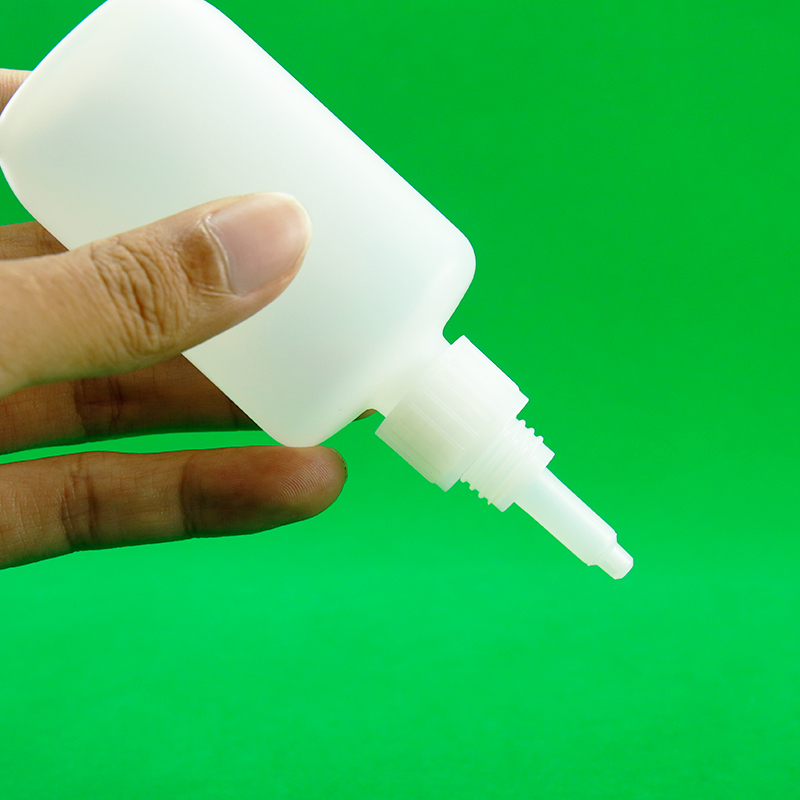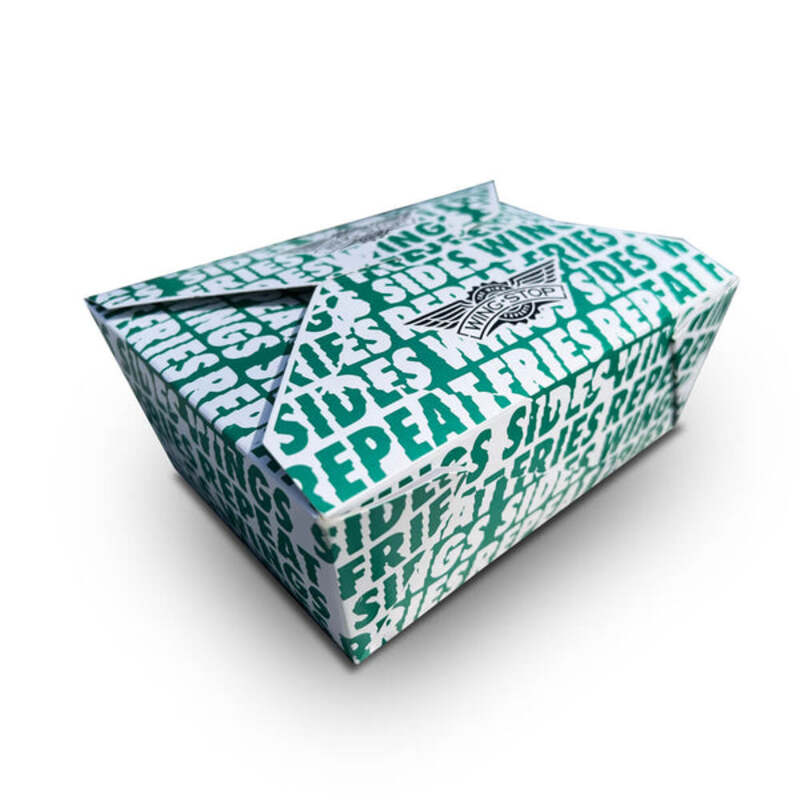

Hygiene and maintenance of piping bags cannot be understated, especially in environments demanding high standards of safety and cleanliness, such as professional kitchens. Reusable piping bags should always be thoroughly cleaned and dried to prevent contamination and the buildup of bacteria. Some piping bags are designed to be dishwasher safe, which simplifies the cleaning process. For venues that produce allergen-free or vegan products, it’s essential to have a dedicated set of piping bags to prevent cross-contamination. Technological advances have also led to the development of innovative piping appliances, enhancing the traditional piping bag’s capabilities. Motorized pastry tools with adjustable pressure settings can reduce physical strain and increase precision, making them invaluable for chefs involved in high-volume or intricate pastry production. Meanwhile, piston-based devices mimic the function of piping bags but with greater ease of use for complex designs. Moreover, artistic culture in the culinary world has expanded the application of piping bags beyond traditional pastries. Chefs employ them to garnish plates, adding purees or sauces in breathtaking patterns across savory dishes. Molecular gastronomy often utilizes piping bags to adorn dishes with gels and foams, proving the piping bag’s versatility and essential nature in modern culinary art. In conclusion, mastering the use of piping bags involves not just understanding the tools themselves, but acknowledging how they fit into one's broader culinary practice. By selecting the appropriate materials, tips, and techniques for the task, chefs and home bakers alike can elevate their creations, delighting diners with both taste and visual flair. As this tool continues to evolve in materials and application, so too does the opportunity for bakers and chefs to redefine and expand the boundaries of their craft. Such mastery of the piping bag not only adds significant value to a culinary professional's skill set but also paves the way for stunning innovation in the kitchen.



